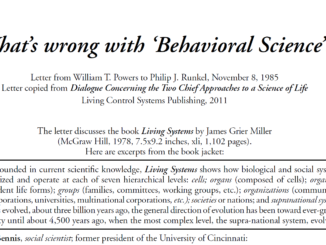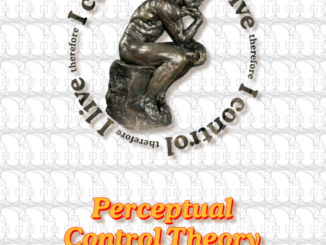Martin Taylor (1993)
OCR from scan of South African Journal of Psychology, 1973, 3, 23-45
M.M.TAYLOR. DCIEM, Box 2000, Downsview, Ontario
ABSTRACT
In J. G. Taylor’s Behavioural Theory of Perception there is a problem in the description of the stimulus elements which enter into the conditionings which form the basis of perception. If individual receptor responses are chosen as stimulus elements, then the numbers involved are unreasonably large. An attempt is made to resolve this problem through the development of structure by simple association. A model is presented, in which association among receptor outputs leads to the development of a hierarchy of feature detectors, each level of which provides a mathematical transform of its input and conserves the input information in a compressed form. Lateral inhibition is shown to be responsible for the variety of feature detectors needed to retain all the information and to form a more or less complete transform. Lateral inhibition, working within a redundant transform, is shown to permit efficient encoding of individual stimuli into elements that are meaningful in terms of the statistical structure of the environment. These elements may then be used as stimulus elements in the conditioning processes of the Behavioural Theory of Perception.



